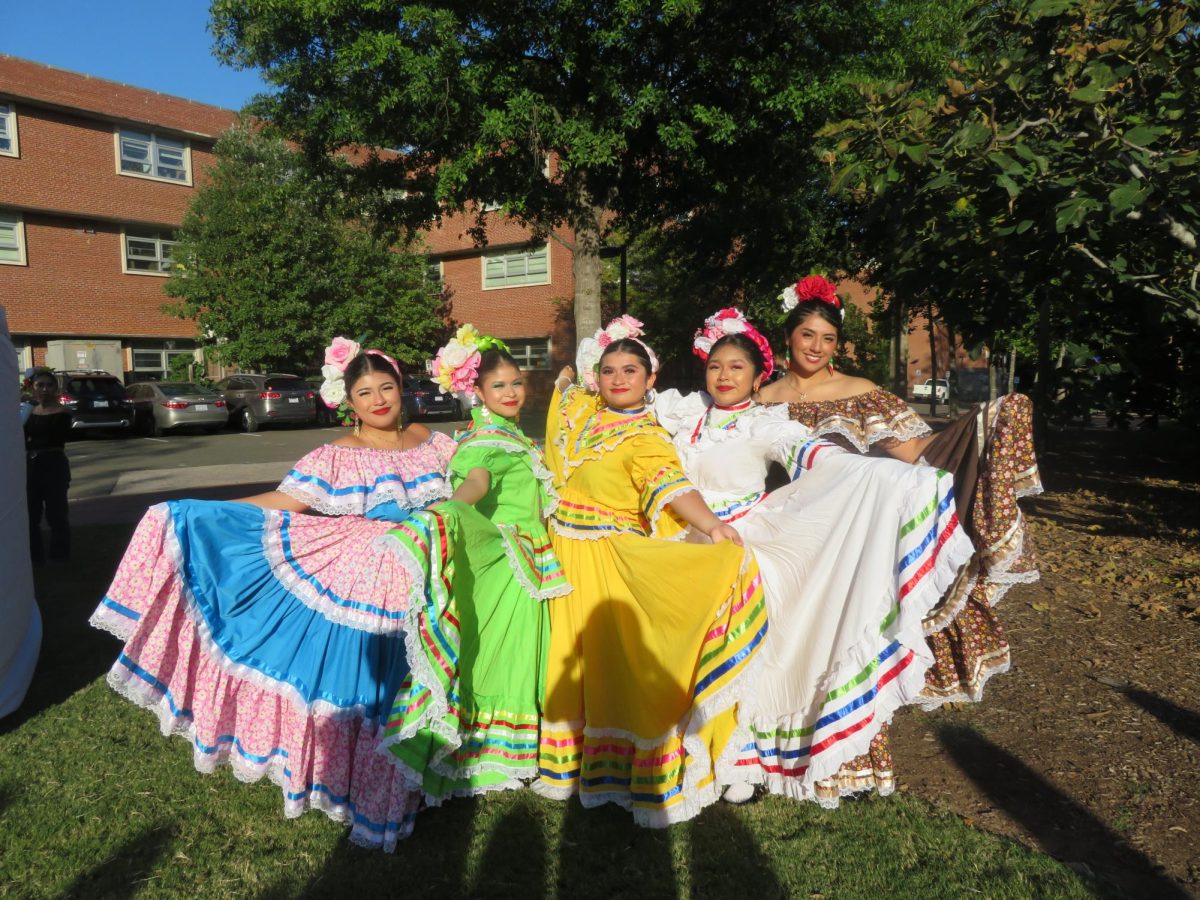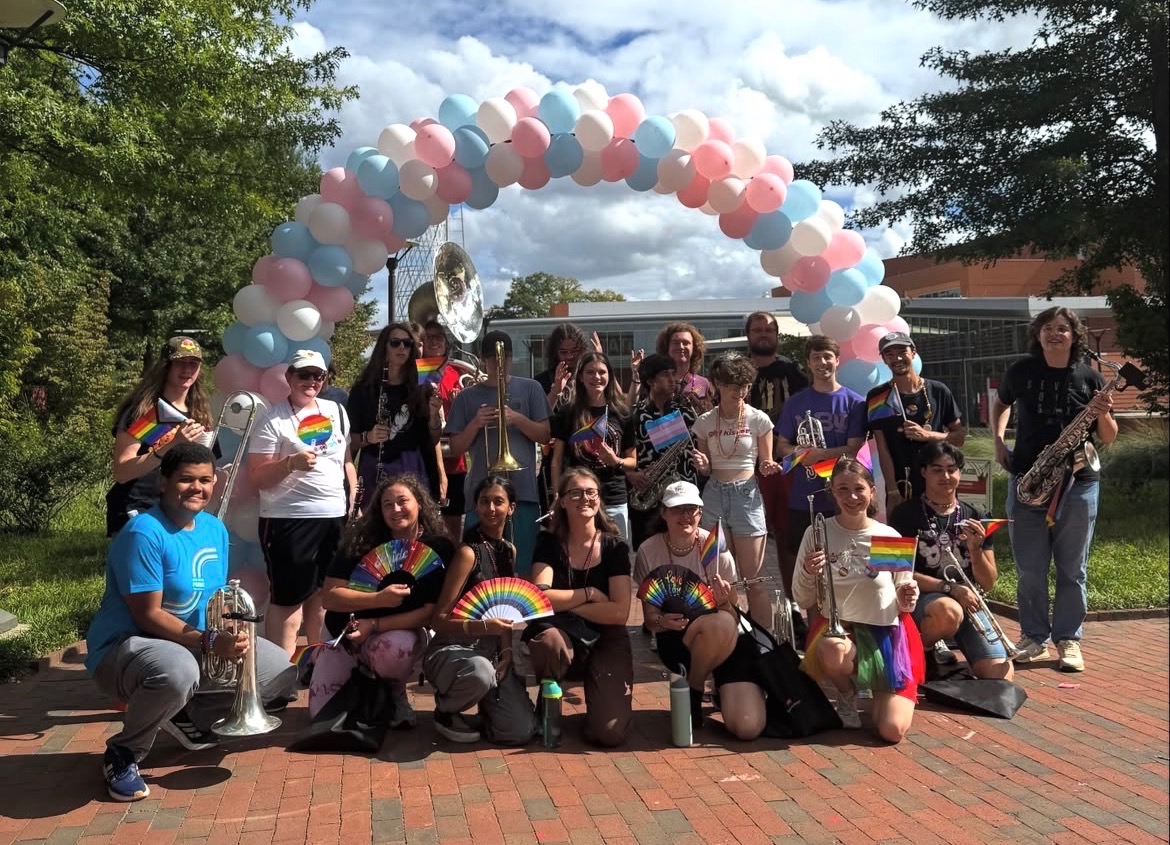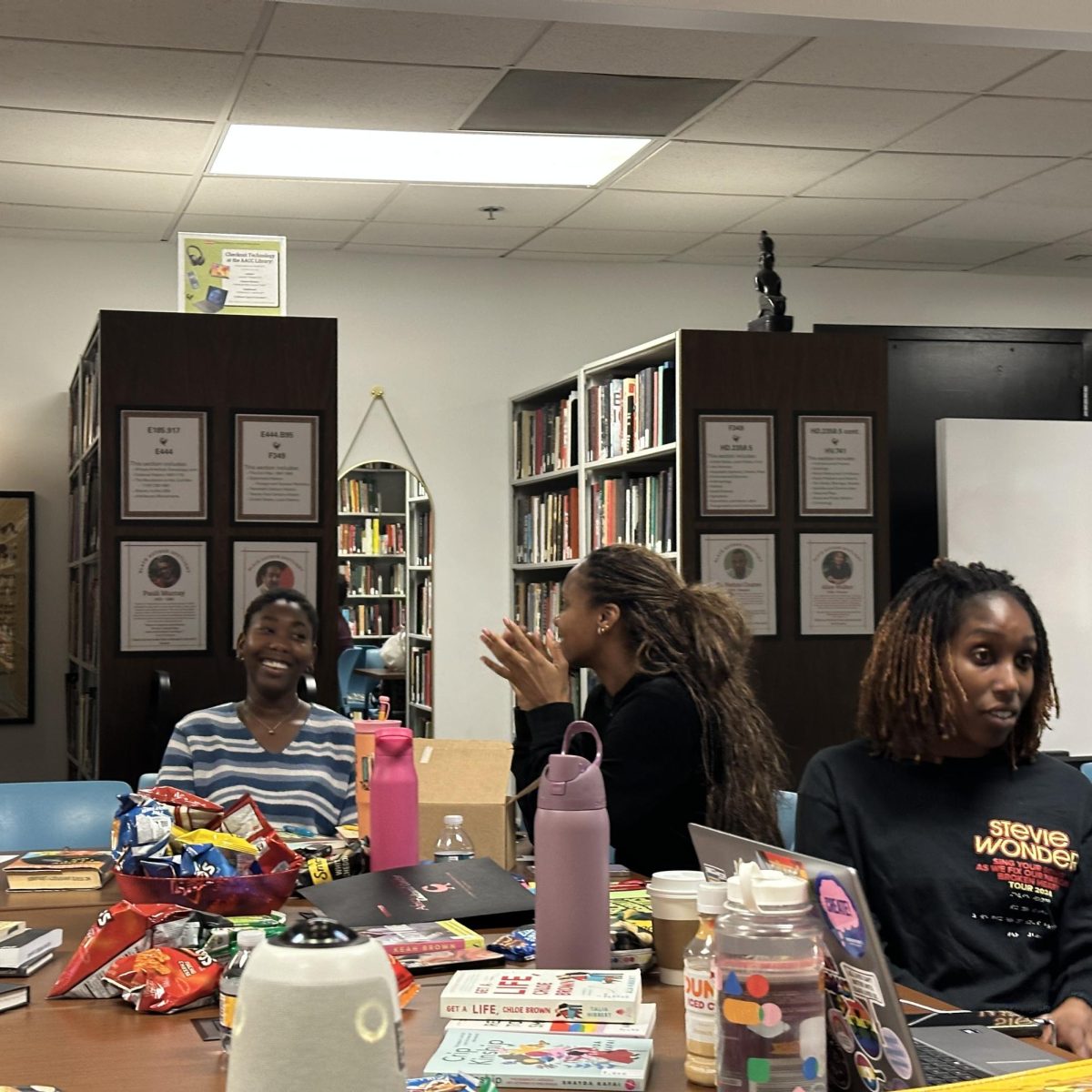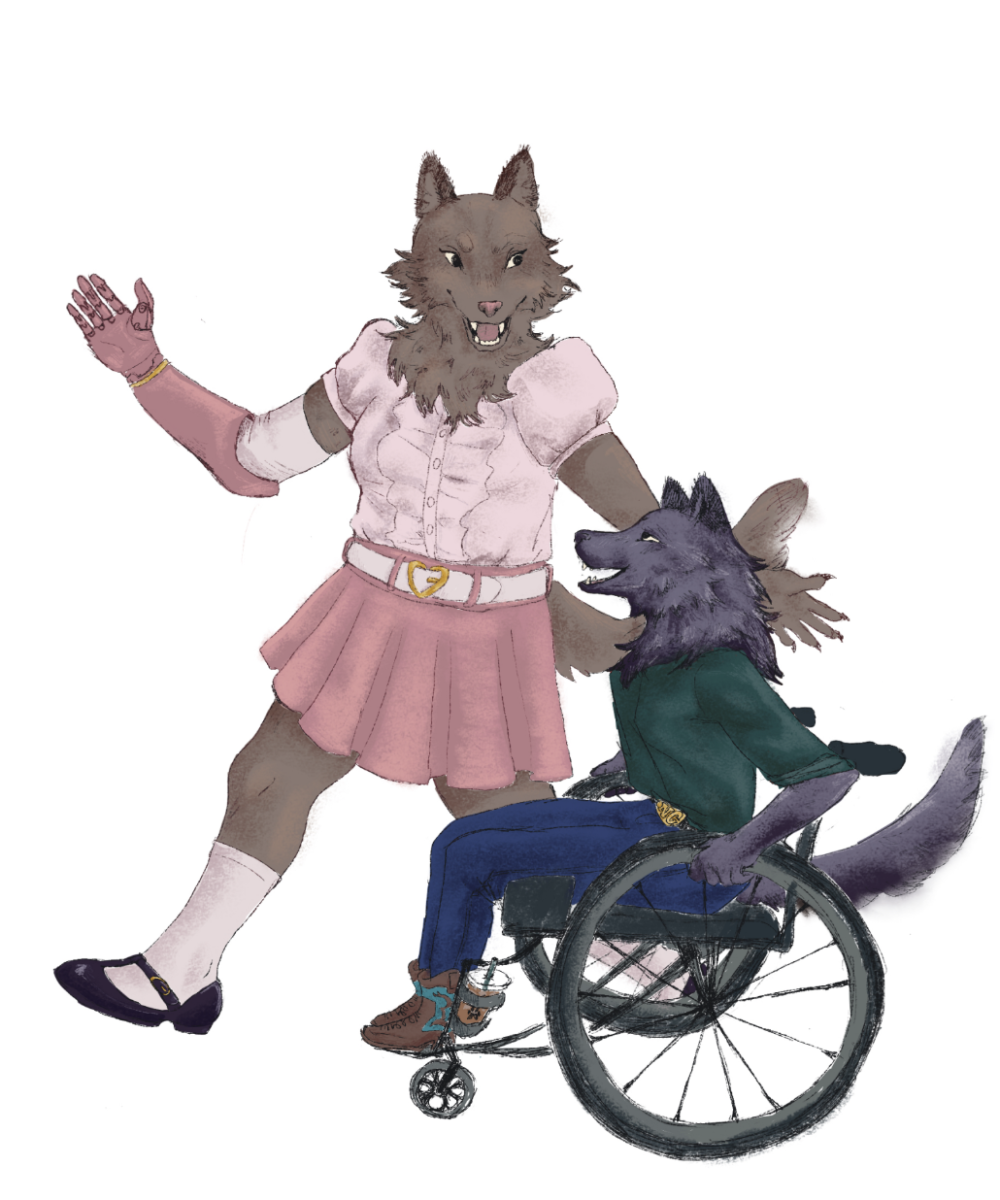Brandon Loyd | Correspondent
Nubian Message sat with Dr. Monica Zozone Osburn, licensed professional counselor and executive director of NC State’s Counseling Center, to discuss seasonal affective disorder and its effect on college students.
Loyd: What does seasonal depression look like for a college student?
Osburn: So, seasonal affective disorder [SAD]—it looks very similar to depression. Sadness, changes in appetite, difference in motivation, increased sleep, sometimes not being able to sleep. Those are the primary factors.
Loyd: How is this going to affect a student’s work and social life compared to somebody who may not be a student at a university?
Osburn: I think the impact for college students is [that] it’s a summative impact, meaning you have the semester and it is such a short period of time. For someone to be out for a week can have great implications in this kind of environment compared to if they were just on the job or something like that, because in college, a week is a long time and you can get behind and grades can start to stack up. If you miss some of the fundamental components of that week, it might be hard to catch up, and with seasonal affective disorder and different kinds of depressive disorder—the strong underpinnings of that are lack of motivation, fatigue, sadness. When you are struggling with all of that and then you are behind in your work, it’s a cycle.
Loyd: Is SAD something that the counseling center sees often during this time of year?
Osburn: Not particularly. This time of year, we see some of it, but it’s not as prevalent in NC because of the access to sunlight as we see in other areas. When I used to work in New Jersey, I saw a lot more of it there than in North Carolina.
Loyd: What is the difference between SAD and major depressive disorder (MDD)?
Osburn: Seasonal cycle. So, SAD tends to come at the end of fall through winter, and there is an automatic uplift that comes spring and sometimes summer. You can actually have it in spring and summer, but it’s far more prominent in fall and winter. Major depression can come anytime of the year. It doesn’t have a seasonal or cyclical cycle. The symptoms tend to be greater with MDD. There is no automatic way for it to come out, and the timing it occurs is the impact of the sunlight. If it’s true SAD, then light therapy is going to show improvement.
Loyd: What does diagnosis look like for SAD?
Osburn: Well, it always starts with a clinical assessment—just finding out what the cyclical nature of the symptoms are, how long they’ve been present, when they started, the duration of the symptoms, where the impact is felt most. Just gathering a lot of information, making sure the criteria is met, and we are definitely going to want to do what we call a differential diagnosis to determine if it is truly SAD or MDD, and we can do that by just measuring the severity and timing of the symptoms.
Loyd: So what exactly is the cause of SAD?
Osburn: I don’t really know. It’s not clear, but we do know that the absence of sunlight is a contributing factor.
Loyd: What does treatment look like for someone with SAD?
Osburn: If someone truly has SAD, one of the best treatments is actually sunlight. It’s to be able to get outside on a sunny day, even if it’s cold, because what you are trying to do is increase serotonin levels and dopamine. Something as simple as sunlight can impact that. There is actually light therapy that is prescribed. We don’t do that as much here, because in NC, the sun is out a lot. But in places that don’t get a lot of sun—New York, Rochester, Ohio—they’re going without sunlight for multiple days. You see the impact, so they have these portable light lamps that students can just spend time in front of and get some support.
Loyd: What are some other important things you think people should know about SAD?
Osburn: Wellness is a holistic concept, whether it’s dealing with SAD or anything else. It’s thinking about taking care of yourself in all areas of your life. So, going out and sitting in the sun—that is absolutely going to help—and so is going on a walk and moving your body… how are you feeding your body—so paying attention to your nutrition—and physical exercise. Are you spending time with friends and family as well as others? All of those factors. If we look at wellness from a holistic perspective, that is how we are going to take care of ourselves the best.







